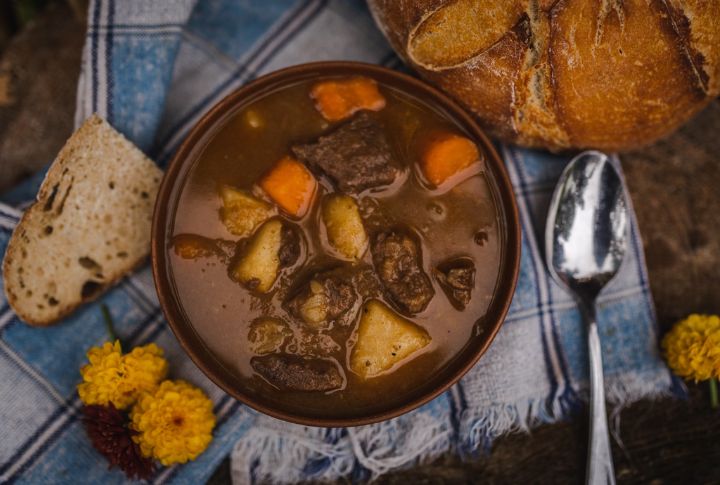
Northern Irish food has a way of feeling both simple and soulful. Every dish carries a story rooted in local life and history, inviting curious eaters to experience something genuine. This list highlights ten dishes that showcase the flavors shaping Northern Ireland’s food culture. Expect a mix of hearty comfort and unexpected delights worth knowing about.
Ulster Fry
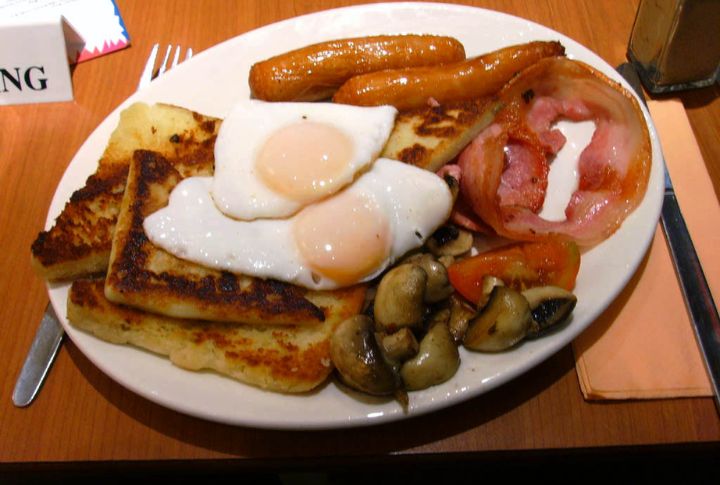
An Ulster Fry offers a heaping plate of eggs, bacon, sausages, soda bread, and potato bread—plus black pudding and the occasional grilled tomato. Unlike English fry-ups, the breads make this dish uniquely Northern Irish. Born as a farmer’s breakfast, it’s now a beloved comfort served in homes and cafes.
Boxty

Boxty combines grated raw potatoes and mashed ones to create a golden pancake with a crisp edge and soft center. Typically served with butter or sour cream, it reflects Ireland’s rich potato tradition. There’s even a funny old saying that if you couldn’t make boxty, you’ll never get a man.
Dulse
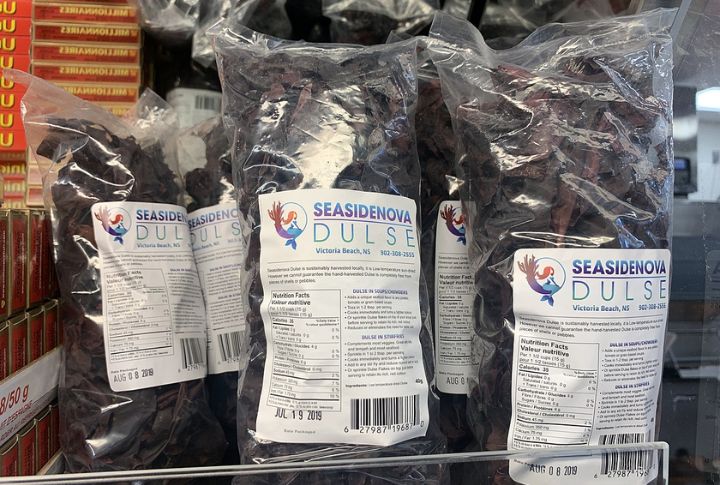
Wander along Northern Ireland’s coast, and you might come across dulse, chewy red seaweed harvested from the tidepools. Locals snack on it straight or toss it into soups for flavor. Once essential for coastal communities, it nourished sailors and Vikings alike. Today, it’s a briny taste of history still sold at seaside markets.
Champ
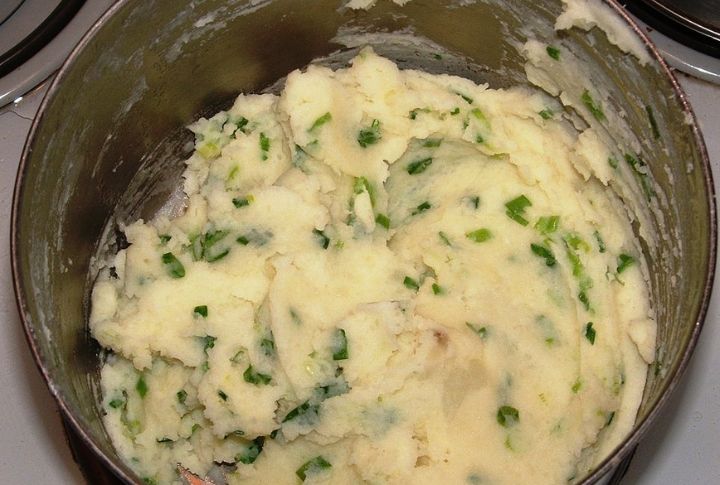
Champ is a traditional Northern Irish dish of mashed potatoes combined with chopped scallions (spring onions), milk, and butter. Typically, a well of melted butter is added to the center when served. Some regional traditions involve leaving a portion on the plate for fairies, reflecting old Irish folklore.
Yellowman
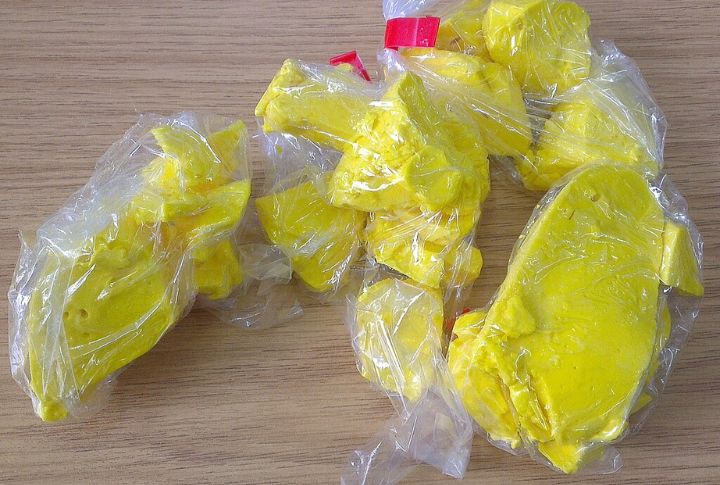
Visit Ballycastle in late August, and you’ll find Yellowman at the heart of the Ould Lammas Fair. It’s denser than a typical honeycomb and is often sold in large slabs that must be broken with a hammer. Though made with humble ingredients like sugar, syrup, and vinegar, it carries the sticky nostalgia of childhood and festival joy.
Soda Bread

Northern Irish soda bread is a quick bread made using baking soda instead of yeast. It’s typically griddled into triangular “soda farls” and served buttered or fried. But behind its crust lies history—griddles over peat fires, kitchens short on ingredients. Over time, generations of cooks mastered the art of minimalism.
Potato Bread (Fadge)

Fadge is a type of Northern Irish potato bread made by combining mashed potatoes with flour and salt. The mixture is shaped into rounds and fried. Traditionally cooked on a griddle, it’s a staple of the Ulster Fry. Its simplicity reflects the ingenuity of farming communities that made the most of simple ingredients.
Pastie Supper

For an authentic Northern Irish takeaway experience, try a pastie supper. You’ll get a deep-fried disc made from spiced mince and mash, dipped in batter, and paired with chips. It’s a nostalgic favorite that originated as a thrifty solution to leftovers. Popular in Belfast, it’s a filling and comforting fast-food option.
Stew (Irish Stew Or Beef & Guinness)

Born in cottages with little more than a pot and hearth, Irish stew brought warmth through lean winters. The stew blends meat and root vegetables in a savory broth. Locals swear by adding a splash of Guinness for richness. It’s traditionally served hot alongside buttered soda bread.
Fifteens
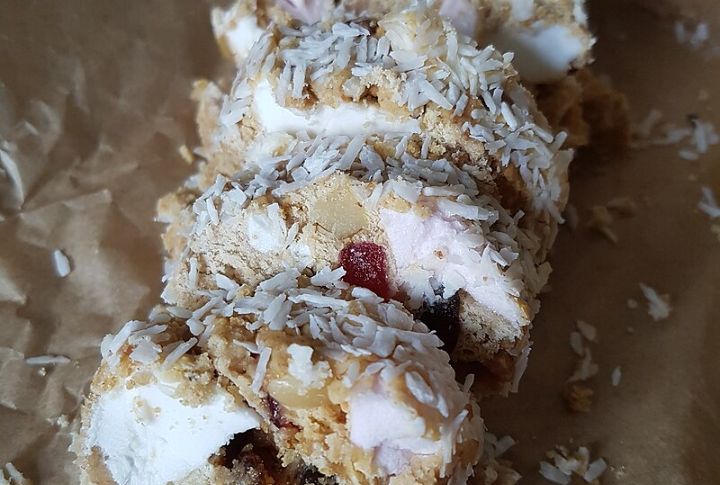
If you’re invited to tea in Northern Ireland, don’t be surprised if Fifteens appear on the table. This no-bake traybake combines crushed biscuits, glace cherries, marshmallows, and condensed milk. Rolled in coconut and sliced into neat bars, it’s a sweet treat steeped in community tradition and named for its fifteen pieces of each main ingredient.
